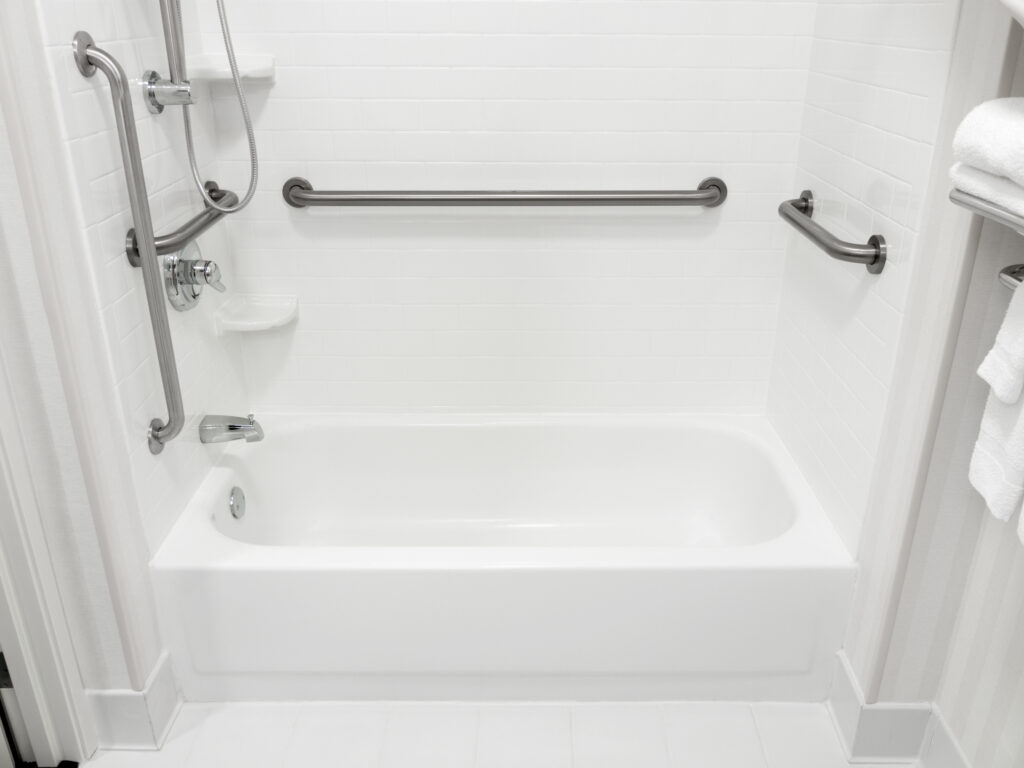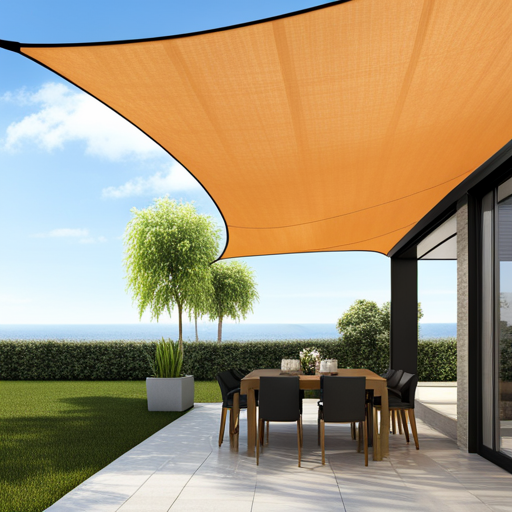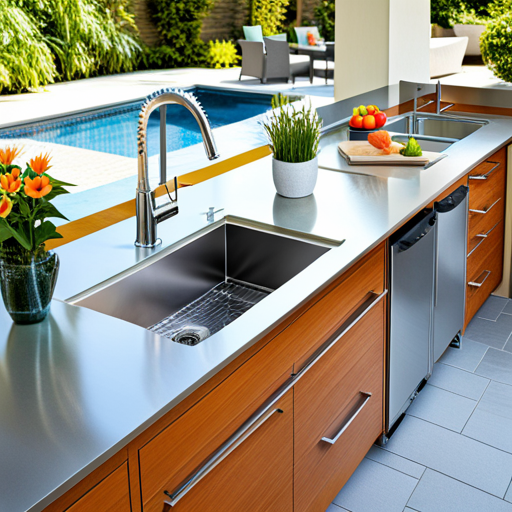Last Updated on June 19, 2024 by John Coleman
Taking on a typical bathroom remodel can be challenging. However, renovating a bathroom to be senior-friendly can be even more difficult because you have to consider unknown factors. So how can you methodically create a safe, accessible, and comfortable bathroom that will accommodate the needs of the elderly and feel confident that you have checked off the essential elements?
Planning a senior-friendly bathroom remodel can be easily carried out with meticulous planning. First, consider the individual(s) you are designing for and what their needs will be. Next, prioritize safety features that include: grab bars/safety handles, non-slip flooring, walk-in showers/bathtubs, and height-adjustable fixtures. Then, focus on accessibility such as wide doorways for wheelchairs, open floor space, and lever handles. Move on and enhance comfort and convenience with items such as comfort-height toilets, bidets, shower seats, and easy-to-reach storage. Last, be sure to blend safety with style with well-distributed lighting, contrasting colors for visibility, and of course, modern decor trends.
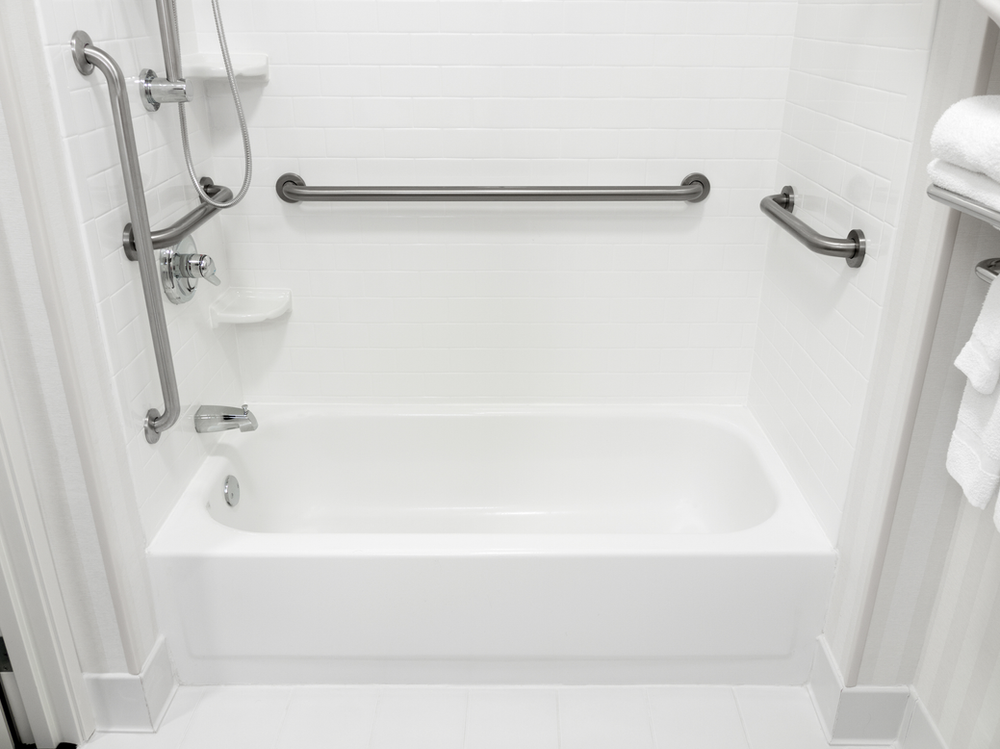
Planning Ahead
As our loved ones age, it becomes increasingly important to ensure that their living environment caters to their specific needs. One of the most critical areas to address is the bathroom, where a high percentage of household accidents occur, especially among the elderly. In this comprehensive guide, we will highlight the top features you should include in a senior-friendly bathroom renovation or remodel. These features will help you lay out a design that enhances safety, accessibility, and overall comfort. Whether you’re a senior looking to renovate your space or a caregiver helping to make a home safer for an elderly family member, these insights will prove invaluable in your home improvement journey.
Why a Senior-Friendly Bathroom Renovation or Remodel?

I did some research on this question. What I found was very eye-opening. I felt compelled to share it with you to reinforce why you are even researching this topic in the first place. Below are just a few statistics from reliable resources that I encourage you to keep in mind as you read the rest of this article.
Did you know that:
According to the National Institute of Aging, “More than one in four people age 65 and older fall each year.
In 2021, the National Safety Council found that 38,742 older adults aged 65 and older died from preventable falls.
Almost 80% of falls occur in the bathroom (Ohio Department of Aging)
The Centers for Disease Control and Prevention stated that “Over 800,000 people are hospitalized because of a fall injury”. Furthermore, “More than 95% of hip fractures are caused by falling (usually falling sideways)”, and “Falls are the most common cause of traumatic brain injuries.”
I knew falls in the elderly population were common but I guess I didn’t realize just how prevalent it was until the numbers were staring at me from the page. After seeing this information, I knew I had to continue writing this article for two reasons. First, I want to help people stay as active and independent as possible for as long as they can. Second, I hope this article stimulates ideas that can be implemented by seniors and their caregivers to reduce the risk of life-altering injuries. It is important to note that there is no way to eliminate the risk of all falls but there are steps that can be taken to reduce the risk of falls and injuries which is the goal of this article.
If you purchase through links on this site, we may earn a small commission. See our affiliate disclosure.
Cost of a Senior-Friendly Bathroom Remodel
Cost is often a significant factor when considering home modifications, especially for seniors on a fixed income. Fortunately, many bathroom modifications can be made without breaking the bank.
One option for reducing costs is to do some of the modifications yourself if you feel comfortable doing so. Another option is to reach out to your local community organizations or non-profits that offer assistance with home modifications for seniors. Additionally, some government programs and insurance plans may offer coverage for home modifications.
The average cost of a senior-friendly bathroom remodel is around $9,000 to $12,000. This includes installing grab bars and handrails, adding a walk-in shower or bathtub with a low threshold, and adjusting the height of toilets and sinks for easier access. However, the cost can vary greatly depending on the specific modifications needed and the materials used.
It’s essential to consider not only the initial cost but also the long-term savings and benefits of a senior-friendly bathroom. I think it is important to note that Aging.com reported that in 2021, the average cost of treating a fall was $64,526 which is considerably lower than the estimated cost of remodeling that I mentioned earlier. A safe and accessible bathroom can prevent costly injuries and hospitalizations, as well as provide increased independence for seniors.
The Fundamentals of Bathroom Safety
Before you break ground on any remodel, understanding the non-negotiable safety features is essential. Here are the key elements to prioritize:
Grab Bars and Handrails
Installing sturdy, strategically positioned grab bars and handrails can be a true lifesaver. They can be installed in the shower/bathtub, next to the toilet, and along the walls of bathrooms that have a large or lengthier layout. These fixtures provide support and stability, essential for those with limited mobility. Look for options that blend into the design without sacrificing strength.
Non-Slip Flooring
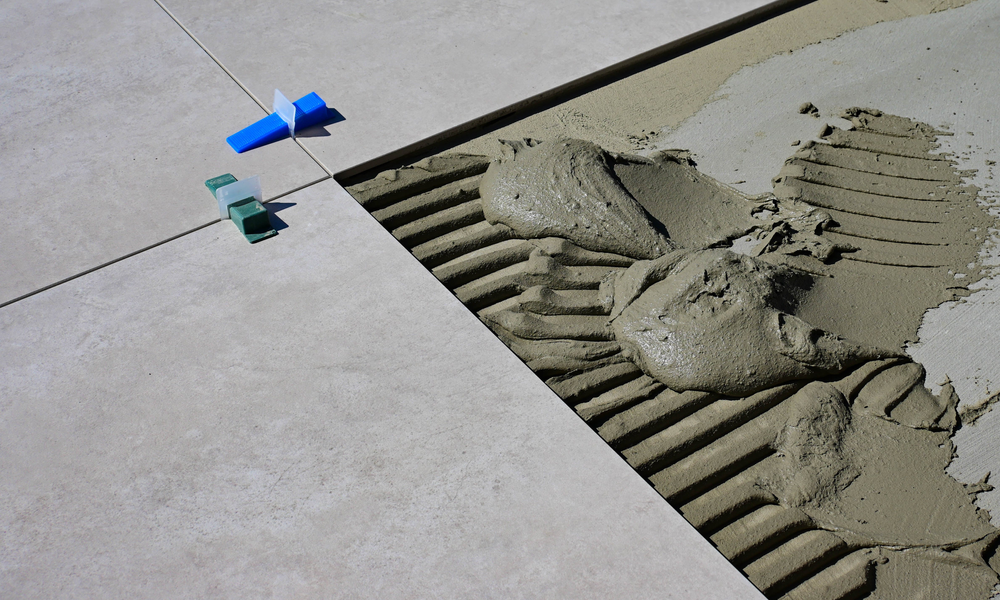
Bathrooms are prone to moisture, making floors a potential hazard. Non-slip flooring, such as textured tiles or specialized coatings that you could put on your existing tile can significantly reduce the risk of slipping, which is often the cause of falls. Due to the cost of flooring, you may be planning to add flooring as your budget allows.
It is also important to not forget that you will need some type of non-slip flooring in the shower/bathtub.
Walk-In Showers or Bathtubs
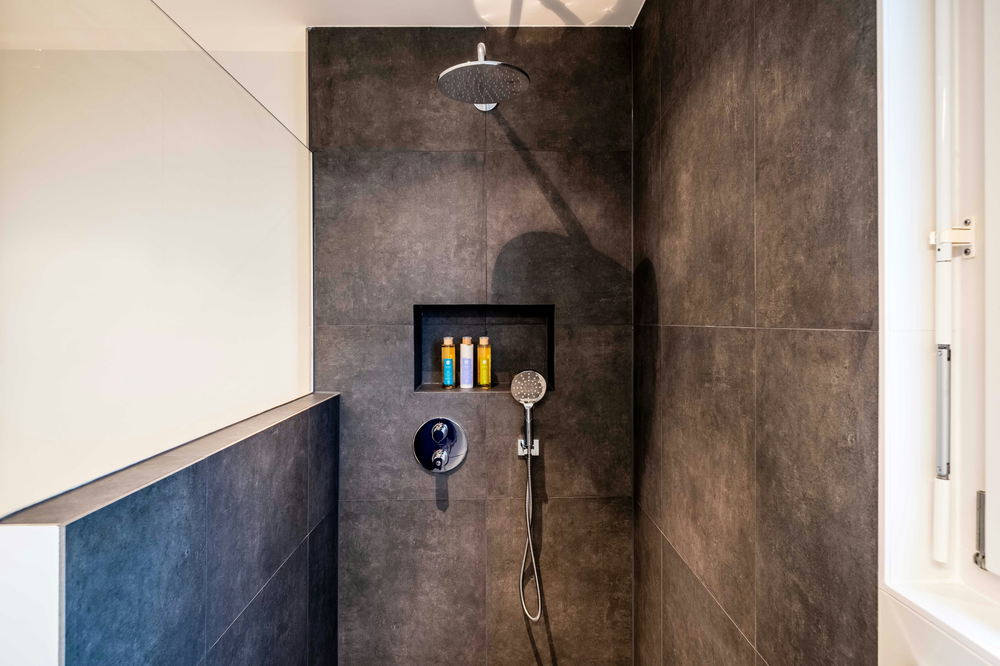
Eliminating the need to step over a high tub edge can prevent many accidents. Walk-in showers are spacious and offer the option of adding seating, while walk-in bathtubs provide a secure and comfortable bathing solution.
Height-Adjustable Fixtures
Having the ability to customize the height of bathroom fixtures is incredibly beneficial for seniors. An example of this would be hand-held shower heads with a lengthy hose and a mounting station that can be easily reached. It allows for easy access and can accommodate individuals of varying heights, making the bathroom universally user-friendly.
Prioritizing Accessibility
Access to essential bathroom spaces and items should be as straightforward as possible. Here’s what you need for a truly accessible bathroom:
Wheelchair Accessibility
My elderly parents recently completed a bathroom remodel. While neither of them currently uses a wheelchair, they went ahead and installed wider doorways to prepare for the unknown. Narrow doorways can be a challenge for wheelchairs or walkers. A simple adjustment to a wider entrance can make a significant difference in the overall accessibility of the bathroom space. If you are already doing the remodel, it’s worth planning for future needs.
Open Floor Space
Clear, open floor space allows for easier maneuvering within the bathroom, particularly for individuals with mobility aids. Minimizing obstacles reduces the risk of tripping or falling and contributes to a more inviting space. An unobstructed design with adequate turning space ensures the bathroom remains accessible, even if mobility declines.
Lever Handles
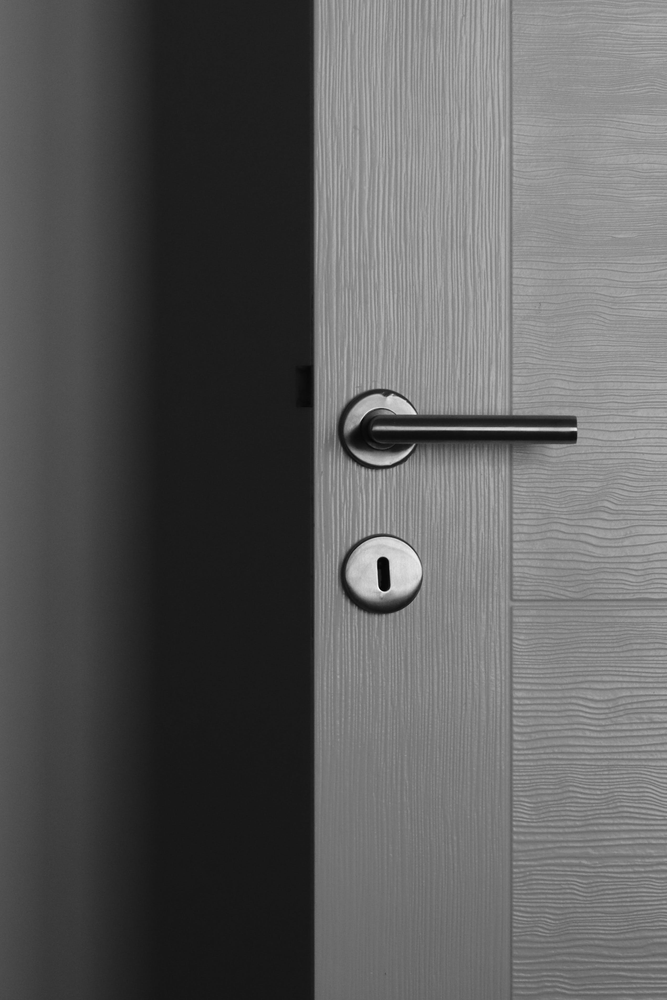
Traditional doorknobs and faucets can be tricky to operate for aging hands. As we age, arthritis will likely set in and our grip will become weaker. Lever handles offer a more ergonomic and straightforward solution, requiring only minimal effort to open doors and control water flow.
Enhancing Comfort and Convenience
In addition to safety and accessibility, you’ll want to consider features that enhance comfort and make daily routines more manageable:
Comfort-Height Toilets
Comfort-height toilets are much easier to use and more comfortable for seniors. The typical height for a comfort-height toilet is 17-19 inches from the floor and mimics the position of a chair, making sitting and standing up less strenuous. In comparison, a standard toilet height is 14.5-16 inches from the ground which is lower and makes it more difficult to sit down on and stand up from. It will also be beneficial to have grab bars positioned next to the toilet for extra stability.
Bidets
For those with mobility issues, maintaining personal hygiene can be challenging. Bidets or bidet seats offer a hygienic and hands-free alternative to traditional methods, promoting independence and comfort. I have found that the cost efficient way to incorporate a bidet is to install a bidet add-on to a typical toilet. A bidet is not hard to install and is easy to transfer to whatever toilet you choose. Just a tip for buying a bidet….there are some that have only a cold water option – YIKES! Do you or your family member(s) a favor and get one that has both hot and cold water option. I initially installed a bidet in my daughter’s (who is disabled) bathroom and it was a gamechanger for her independence. She raved about it so much that I installed one in my master bathroom…..and now I see what all the hype was about! I installed the Luxe Neo brand and have been pleased but also other great options to choose from.
Shower Seats
Installing a fold-down shower seat provides a spot to rest during showers, which can be a welcome relief for those who tire easily. It’s a simple addition that can greatly enhance both safety and comfort. There are many different styles available:
Easy-to-Reach Storage
Cabinetry and shelving units should be designed with accessibility in mind. Items used daily should be stored at waist level or lower, within arm’s reach, to eliminate the need to bend or climb for them.
If you purchase through links on this site, we may earn a small commission. See our affiliate disclosure.
Blending Safety with Style
A senior-friendly bathroom doesn’t have to sacrifice style for safety. Here’s how you can elevate your design aesthetic while still prioritizing key features:
Design Tips for an Appealing Bathroom
Incorporate bright, well-distributed lighting to improve visibility and create an inviting atmosphere. Choose stylish fixtures that complement the overall design while providing the necessary brightness.
Contrasting Colors for Visibility

Select contrasting colors for grab bars and other safety features to make them easier to see. This simple visual cue can help to prevent accidents by clearly outlining support points within the space.
Modern Traditional Styles
Modern traditional styles combine classic design elements with modern conveniences. This aesthetic offers the timeless appeal of traditional looks paired with the functionality of contemporary features.
Conclusion: A Bathroom That Grows with You
In conclusion, a senior-friendly bathroom renovation or remodel can greatly enhance the well-being and independence of its users. It’s a long-term investment in home comfort and safety that adapts to changing needs. Whether planning for the future or designing for a loved one, keep essential features in mind for a secure and autonomous bathroom in the golden years.
A senior-friendly bathroom is both practical and beautiful. Prioritize the safety, accessibility, and comforts discussed here for a successful remodeling journey. Tailor the space to the individual, considering daily habits, comfort preferences, and mobility. Create a bathroom that’s safe, accessible, and enjoyable to use.
Frequently Asked Questions
Q: What specific safety features should I consider for a senior-friendly bathroom?
A: Key safety features to incorporate include non-slip flooring, grab bars, a walk-in tub or a zero-threshold shower, and accessible lighting. These elements help prevent falls and make the bathroom more secure for seniors with limited mobility.
Q: How can I ensure the bathroom is accessible for someone in a wheelchair?
A: To accommodate wheelchair access, ensure doorways are at least 32 inches wide (no more than 48 inches), the sink is mounted at an accessible height (34 inches from the floor with a knee clearance of 27 inches) with legroom underneath, and the shower is roll-in with a handheld showerhead for easy reach.
Q: Are there specific color schemes that are better for seniors?
A: Opt for high-contrast color schemes to aid those with visual impairments. Contrasting colors can help delineate different areas of the bathroom and highlight important features like grab bars or edges of counters.
Q: Can a senior-friendly bathroom still have a luxurious feel?
A: Absolutely! Modern fixtures and smart design choices can blend safety with elegance. Include elements like heated flooring, high-quality tiles, and stylish but sturdy grab bars to achieve a balance of luxury and functionality.
Q: What is the recommended height for a toilet in a senior-friendly bathroom?
A: The Americans with Disabilities Act (ADA) recommends a toilet seat height of 17 to 19 inches, which is a comfortable and accessible height for most seniors.
Q: Is it more cost-effective to remodel an existing bathroom or build a new one?
A: Remodeling an existing bathroom is often more cost-effective, but it depends on the current bathroom’s layout and condition. Evaluate the changes needed to make it senior-friendly and then decide the best route financially.
Q: How do I choose the right contractor for a senior-friendly bathroom remodel?
A: Look for a contractor with experience in accessible design and ask for references from previous projects. Ensure they understand the importance of ADA guidelines and can provide solutions tailored to your specific needs.
Q: What type of maintenance should I expect with a senior-friendly bathroom?
A: Regular maintenance should include checking the slip-resistance of flooring, the secure fitting of grab bars, and that all fixtures operate smoothly. Materials chosen should be durable and easy to clean to minimize upkeep.

